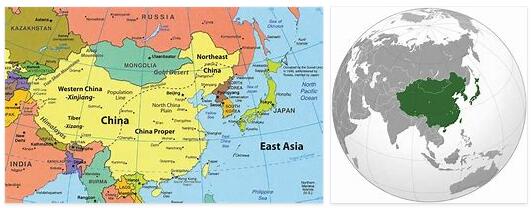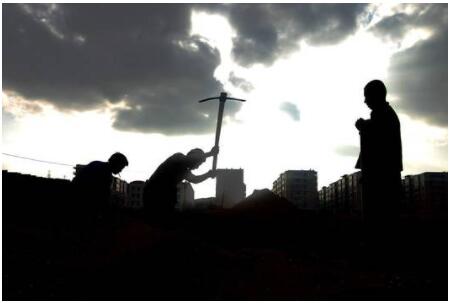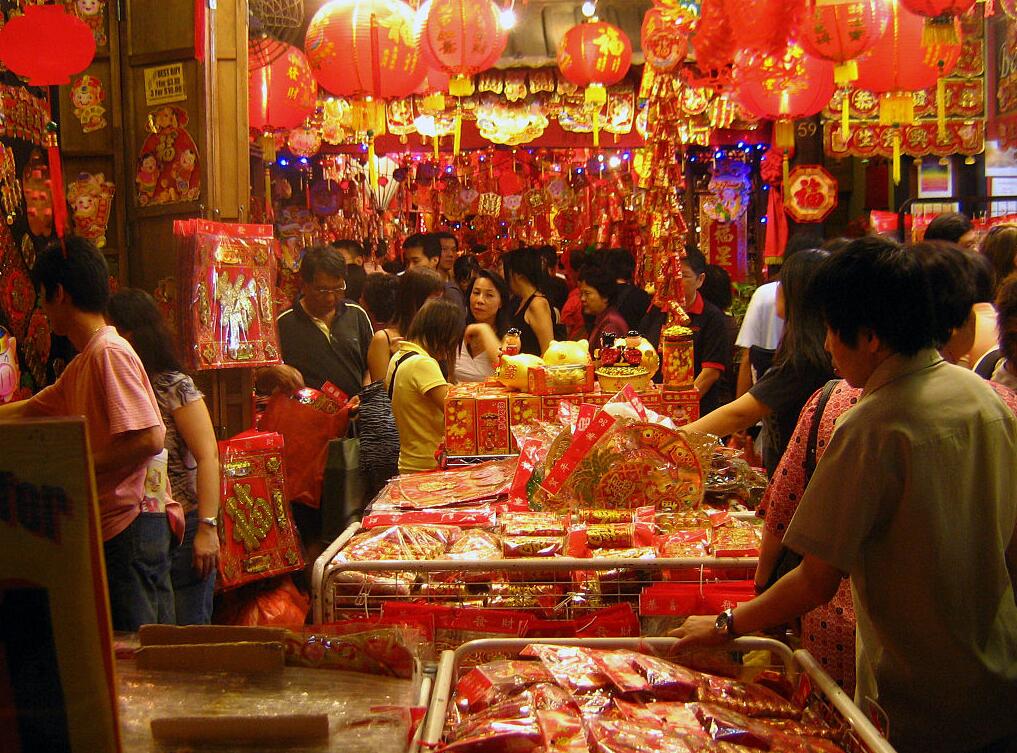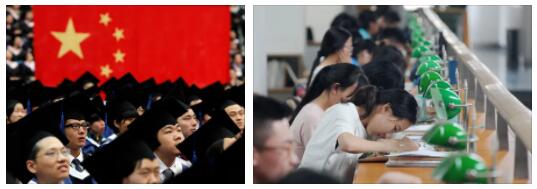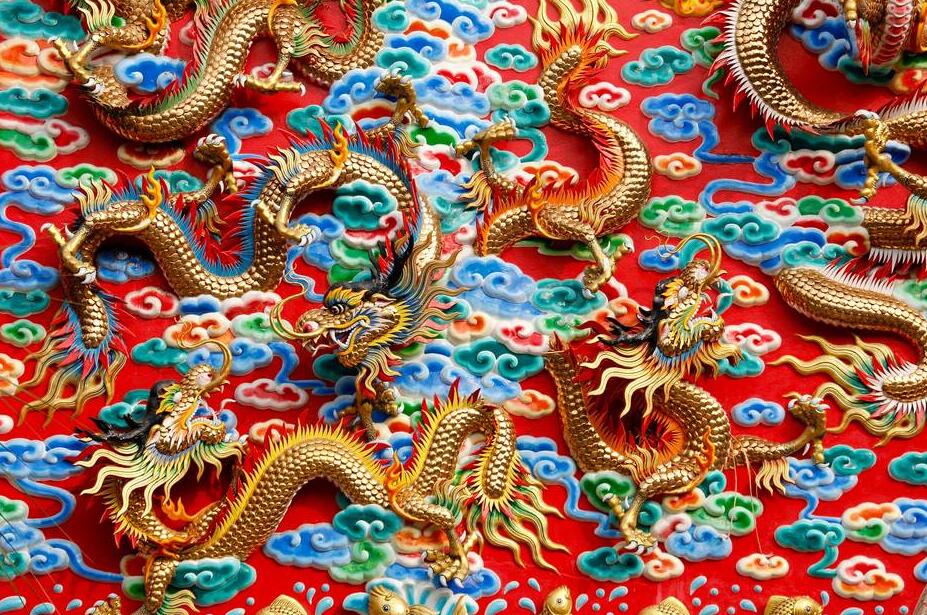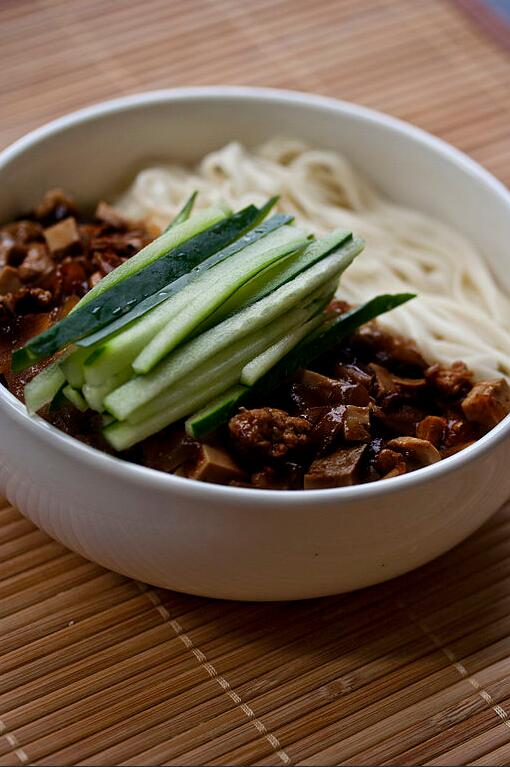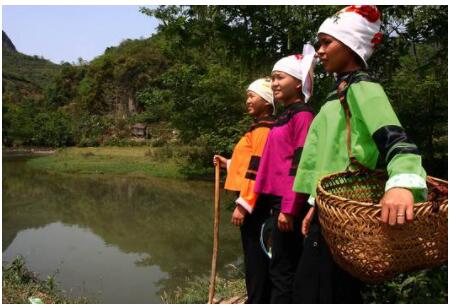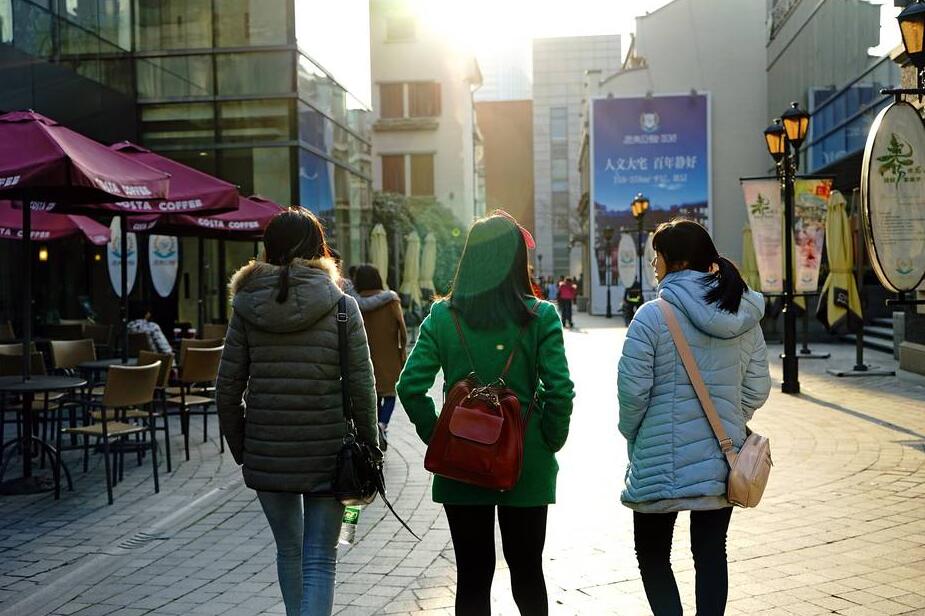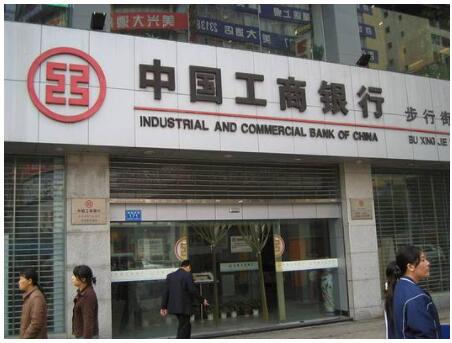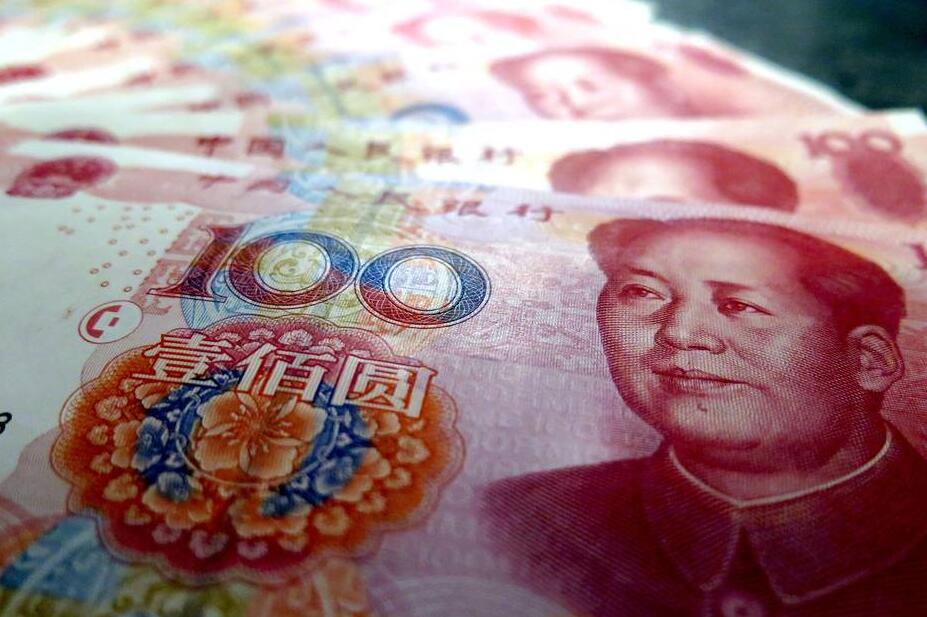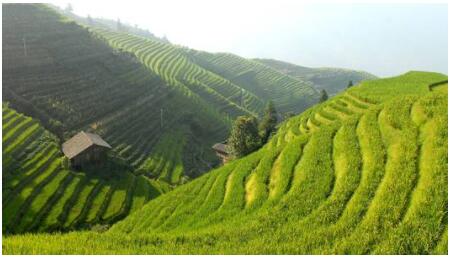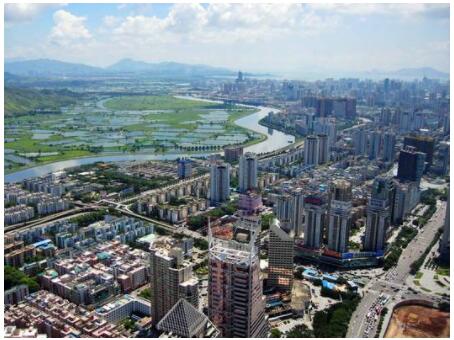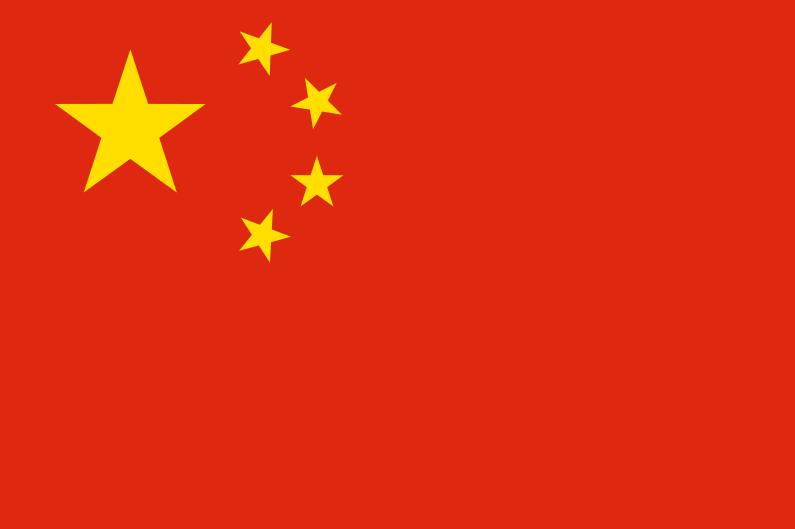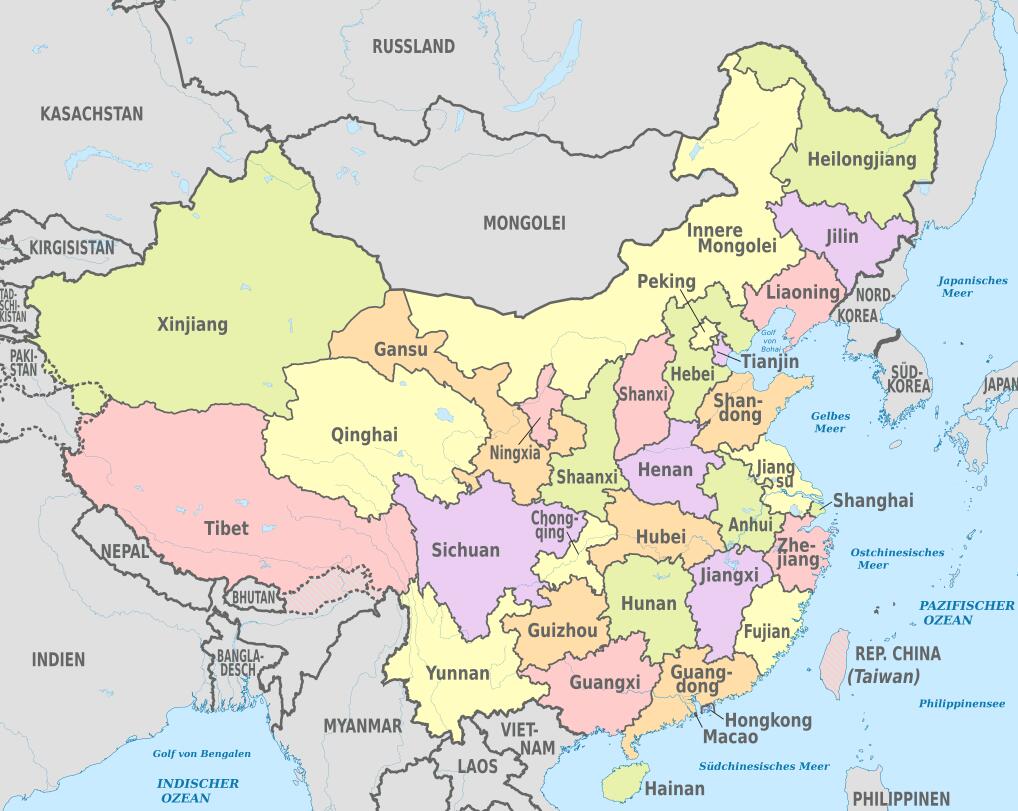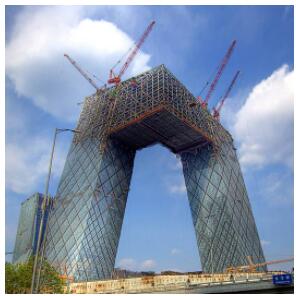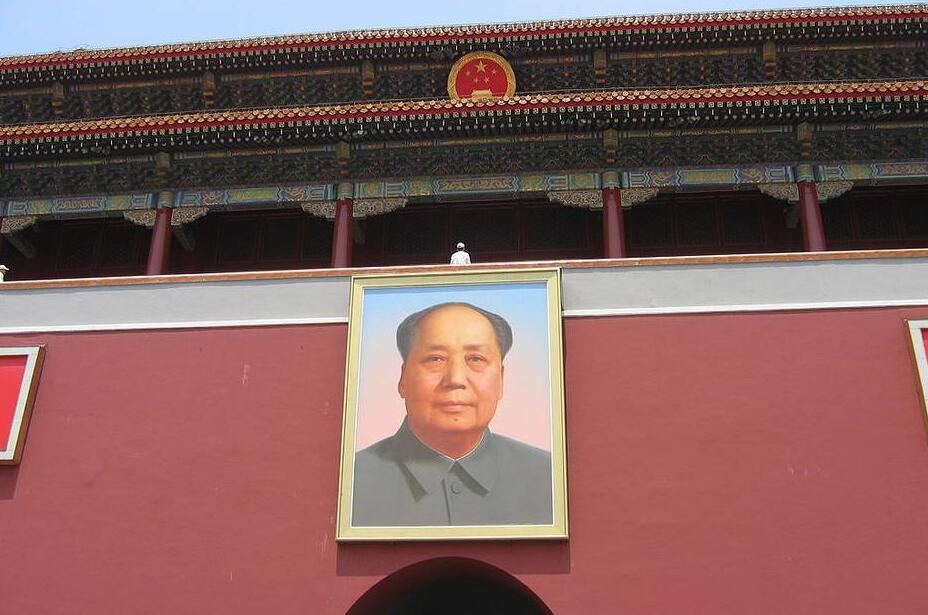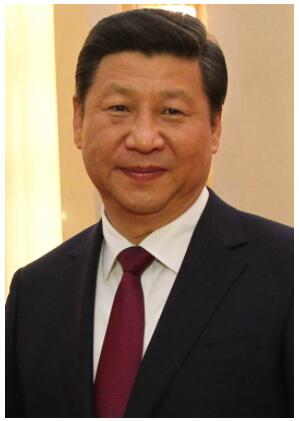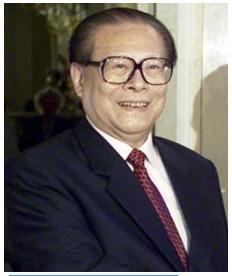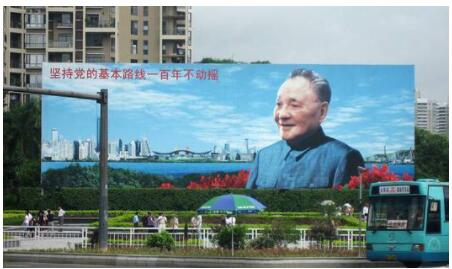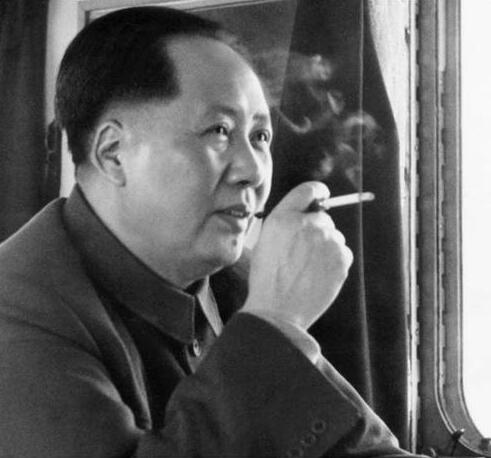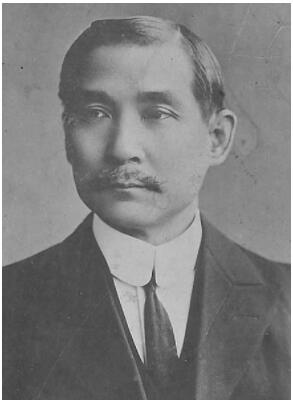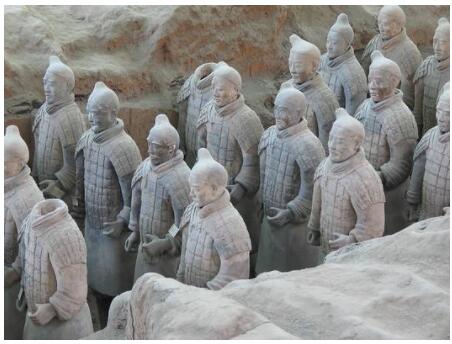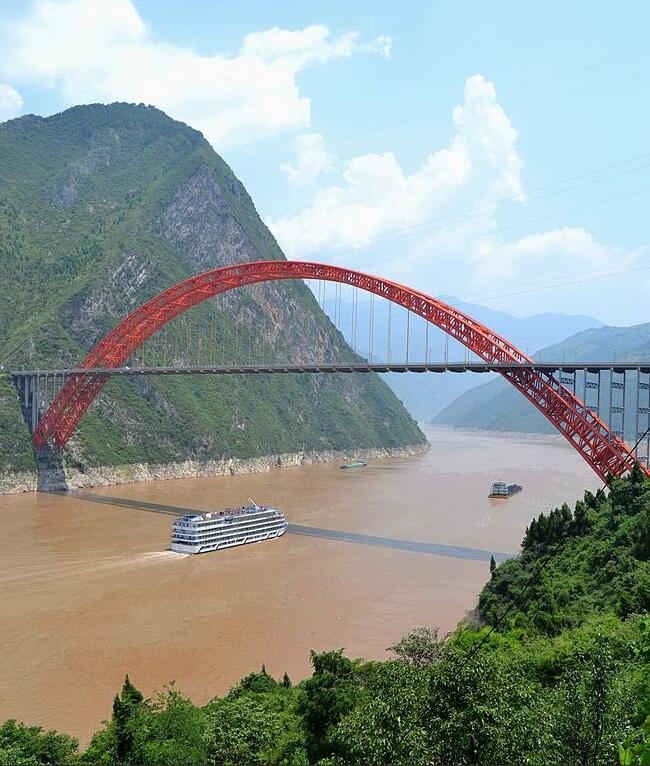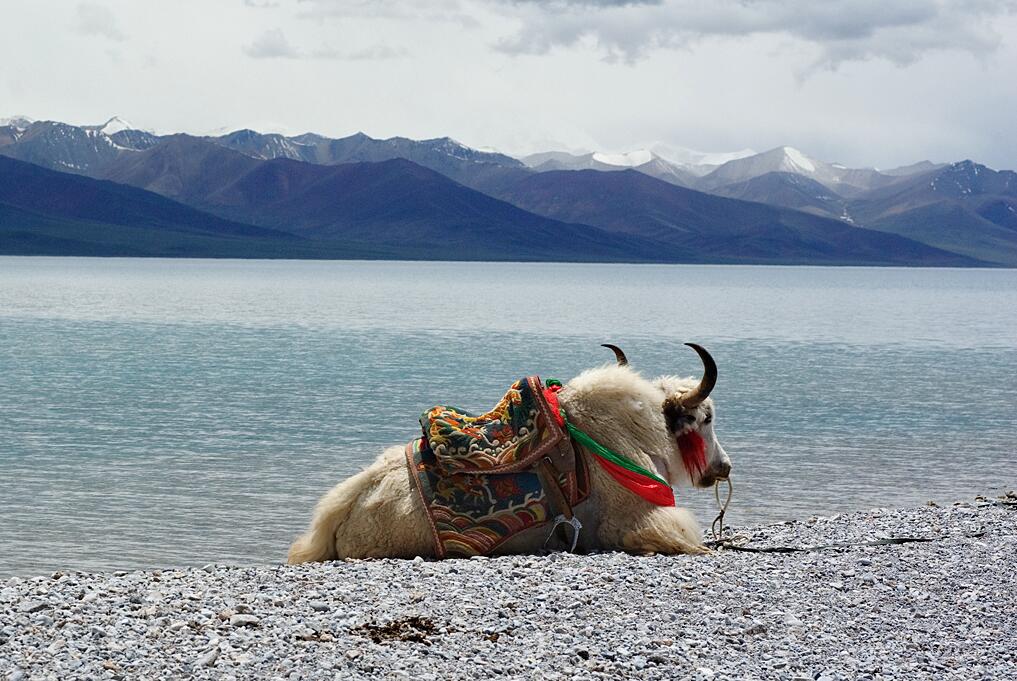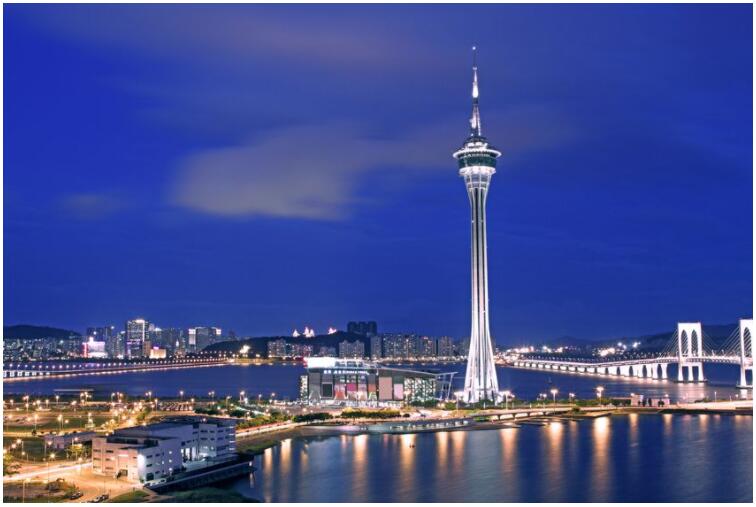Taiwan beaches Washed by sea and ocean waters from all sides, Taiwan is a great place for a beach holiday. The best beaches are concentrated in the town of Jilong, which is 25 km from Taipei. The most popular and equipped resort is Jinshan with a developed infrastructure and a full range of standard services. Right outside the beach there is a spacious recreation area: locals often arrange campsites and…
Read MoreChina Attractions
Pingyao Pingyao, or “Turtle City,” in Shanxi Province, southwest of Beijing, is an ancient city with a fully-preserved fortification wall. Pingyao Ancient Town, whose historical buildings from the Ming Dynasty have been remarkably preserved, has been designated a UNESCO World Heritage Site. The ornate bell tower is particularly well-known. Beach vacation With its long, white sandy beaches and crystal clear water, the Pingtan archipelago offers ideal conditions for a relaxing…
Read MoreEast Asia
East Asia is the geographical area that is climatically determined by the non-tropical monsoon rains. According to Countryaah.com, the region of East Asia includes the following nations: JAPAN CHINA MONGOLIA NORTH KOREA RUSSIA (North Amur area only) SOUTH KOREA TAIWAN Japan Japan is a country in East Asia. It consists of an archipelago in the Pacific Ocean, east of the Korean Peninsula. The name is often translated as “Land of…
Read MoreChina Society
China’s natural space is of a diversity that is seldom found anywhere else on earth. Rugged high mountains and deserts in the west, Mongolian steppes in the north and tropical islands in the south. In between, embedded in extensive hilly landscapes, the great rivers, on whose fertile banks once the Chinese civilization arose. But nature has suffered severely from industrial overexploitation and galloping urbanization. One of the most pressing questions…
Read MoreChina Domestic Issues
Oppression of the Uyghurs The Xinjiang Autonomous Region in western China is home to the Uighurs. These are Muslims with close cultural and social ties to neighboring countries in Central Asia. There have been repeated unrest and attacks since the 1990’s. In 2009, the death of two Uygur migrant workers in the capital Urumqi caused the largest unrest to date, killing 197 people, mostly Han Chinese. In March 2014, supporters…
Read MoreLiving in China
Currency: Renminbi (RMB), also: Yuan Exchange rate: 7.94 RMB per 1.00 € (06/2020) Time zone: UTC + 8 Country code (phone): +0086 (0) Climate (for capital): continental International Airport (IATA): PEK (Beijing), et al Housing and supply Living in China’s cities has become more and more expensive over time. In general, foreigners pay more rent than their Chinese neighbors. In cities like Beijing or Shanghai, rents of 10,000 yuan for…
Read MoreChina Education
China has fascinated the West since the Middle Ages with its traditions, history and knowledge that is thousands of years old. In the past few decades, the country has amazed the world with its dynamism, creativity and creativity. China has a firm place in the globalized world, which it fills with self-confidence. Official name: People’s Republic of China Area: 9,596,960 km² Residents: 1.395 billion (2018) Growth of population: 0.3% (2020,…
Read MoreTravel to China
SPECIAL SITUATION COVID-19 Due to the COVID-19 pandemic, various measures are being taken in China, Germany and Europe to contain the disease, which will have a significant impact on travel to and in China. Due to the constantly changing situation, we recommend that you regularly check the current travel and safety information from the Federal Foreign Office. The COVID leaflet for travelers can also be found here. All of this…
Read MoreChina Culture and Religion
Arts and Culture China’s high culture has always been closely linked to the written word, which is why literature plays a prominent role in Chinese culture. From premodern texts such as the 2000 year old ” Five Classics ” to the art of Tang poems to the great ” four novels ” of classical Chinese literature (including “The Dream of the Red Chamber”), there are countless literary works from all…
Read MoreChina Social Systems and Health
Social systems In Mao’s time, only the urban population benefited from state social benefits. The rural population had to meet all private and social costs from the income that their community generated. If the municipality produced a surplus, it could finance teachers or paramedics, otherwise not. But even this form of financing basic services collapsed completely with the introduction of the reforms, as the municipalities were abolished. Although the increased…
Read MoreChina Demographics
Population The PR China is still the most populous state in the world with 1.36 billion residents. However, the population growth since the beginning of the new millennium has only been 0.6%. Since the fertility rate is only 1.6 children, it can be assumed that the value will continue to decrease. Currently, the majority of the Chinese population is still of working age and the proportion of people over 65…
Read MoreChina Poverty and Development Policy
Poverty In the course of more than 30 years of economic reforms, the PR China has developed from a developing country, in which poverty and hunger were part of everyday life for many people, to a middle-income country. The World Bank assumes that the agricultural and industrial reforms between 1981 and 2004 catapulted around 600 million people out of poverty. However, the absolute poverty rate remains high. At the end…
Read MoreChina Financial System
Money Although it is now common practice in the PRC to use the payment function of the ubiquitous and all-powerful APP WeChat to settle bills, there is still cash for the old-fashioned shopper. The Chinese Renminbi (RMB, “people’s currency”) is divided into 1 Yuan (also known as Kuai) = 10 Jiao = 100 Fen. Most Chinese cash is in circulation in the form of banknotes. There are 1, 2, 5,…
Read MoreChina Economic Sectors
Agricultural economics The famous rice terraces aptly symbolize the dilemma of the agricultural economy in China: Although a large country in area, only about a tenth of the total area is suitable for agricultural use. At the same time, China is forced to supply over 20% of the world’s population with 10% of the world’s agricultural area. Agricultural ingenuity already included terrace construction, irrigation technology, higher-yielding fruit varieties and much…
Read MoreChina Economy Overview
Estimated GDP: 12,682 billion euros (2019) Per capita income (purchasing power parity): EUR 9,073.4 (2019) Human Development Rank (HDI): 85th Rank (of 189) (2019) Proportion of poverty (national standard about $ 1 per day): 3.3% Distribution of income (Gini coefficient): 46.5 (2016) Economic Transformation Index (BTI): Rank 30 (of 137) (2020) No country has ever experienced faster economic growth than the PRC. In the years from 2000 to 2010, China…
Read MoreChina Rule of Law and Human Rights
Justice and Jurisprudence The current legal system is a result of the economic reforms initiated by Deng Xiaoping in the early 1980’s. The negative experiences of the cultural revolution, the introduction of free-market processes and increased international cooperation made it necessary to develop new and reliable regulations. Much of the Chinese law has therefore been enacted over the past 30 years. This includes not only economic and foreign trade laws…
Read MoreChina Military and Armed Conflict
The Chinese military is still the central power factor in China today. The People’s Liberation Army (PLA) is directly controlled by the Chinese Communist Party. The highest body is the CCP Central Military Commission. Its chairman is widely regarded as the most powerful person in the PRC and is usually also the general secretary of the CCP. The VBA’s doctrine is set out in irregularly published white papers, the last…
Read MoreChina Foreign Policy
Historically, China’s return to the international scene dates back to an initiative by Mao Zedong. In 1949 he had initially allied with Stalin. At the end of the 1950’s, however, there was an ideological break with the Soviet Union under Khrushchev, which in 1969 even resulted in a small border war. Since Mao was now afraid of an attack by the Soviet Union, he decided to move closer to the…
Read MoreChina Media and Freedom of Expression
Newspapers and radio The central news organ of the PRC is the Xinhua news agency, which supplies the Chinese mass media with national and international news. The Xinhua Agency is the PRC’s news monopoly and can tell newspapers and radio stations what news should be published. The Xinhua Agency owns a number of important newspapers. The most famous newspaper is the Renmin Ribao (People’s Newspaper), which has been the central…
Read MoreChina Corruption and Human Rights
Corruption Corruption was and is a big issue in China. It can be found at all levels of the party, state, military and economy and is perceived by many Chinese as a great evil. Aside from the major scandals involving leaders from politics and business, the corruption of local cadres, which is rampant in rural areas, is a major problem. These often use the administrative sovereignty over land rights to…
Read MoreChina Constitution and Government Structure
The Constitution of the PRC The PRC has had a constitution since 1954. The current constitution of the People’s Republic of China dates from 1982 and was last amended in 2004. The constitutional text deals with the basic rights and duties of Chinese citizens and defines the organization of the state-building. According to the constitution, the head of state is the state president, who, however, has a more representative role…
Read MoreThe Chinese Communist Party (CCP)
The People’s Republic of China is ruled by the Chinese Communist Party (CCP). The CCP is the most powerful political organization to which all state institutions are de facto subordinate. Other parties that are tolerated by the CCP, such as the Democratic Federation or the Guomindang Revolutionary Committee, are de facto powerless. Although the CCP has close to 90 million members, which is over 6% of the population, much of…
Read MoreThe Second Phase of Reform in China
Jiang Zemin’s reign As a result of the events of 1989, there was a temporary revival of state economic mechanisms due to the now overwhelming conservative forces in the government. Deng Xiaoping vehemently opposed these efforts in the spring of 1992 by regaining the economic policy initiative with a propaganda tour known today as the “Journey to the South” for the expansion of economic reforms. The CCP General Secretary Jiang…
Read MoreChina Reforms under Deng Xiaoping
Economic reforms After Mao’s death, Deng Xiaoping quickly rose to become the most powerful politician in the CCP. Under his aegis, with the help of reform-minded politicians such as Hu Yaobang and Zhao Ziyang, a complete revision of Maoist politics was implemented. The main thrust of the reforms was a reorganization of the economic system. From the beginning of the 1980’s, farmers no longer had to produce in collectives, but…
Read MoreChina History – The People’s Republic of China under Mao Zedong
State building After the communists won the battlefield, Mao Zedong proclaimed the People’s Republic of China on October 1, 1949. Immediately the communists began to shape a socialist state according to their ideas. Their interventions in the state, economy and society changed life in China to a previously unknown extent. The People’s Republic, initially administered by the military, was handed over to the civil administration when a new constitution came…
Read MoreChina History – The Republic of China
Although China can look back on several thousand years of history, modern China did not emerge until the middle of the 19th century. After numerous internal and external conflicts, the Chinese Communist Party came to power in 1949, and it still controls the domestic and foreign policy of the People’s Republic of China to this day. China is now on its way back to becoming a world power and is…
Read MoreChina History – The Fall of the Empire
The old emperors For thousands of years, China was ruled by various imperial dynasties, some of whose reigns stretched over several hundred years. Despite the long continuity of imperial rule, China has been unified in 221 BC. by no means a consistently stable state. Time and again the decline of dynasties led to territorial fragmentation, which was replaced by renewed military unification under a new dynasty. In the Qin Dynasty…
Read MoreChina Ecological Problems
Natural resources China is rich in natural resources, especially coal, oil, natural gas and metallic ores. The PR China is the world’s largest coal producer and fourth largest oil producer. China’s coal reserves are the third largest in the world, and the oil reserves are estimated at around 24 billion barrels. The PR China has 70% of the reserves of rare earths and represents 90% of the world production of…
Read MoreChina Geography
Natural space The Chinese landscape is mainly characterized by mountain and hilly landscapes. The land slopes continuously from west to east to the sea coast. The highest peaks and plateaus are to be found in the southwest. The Mount Everest – Tibetan Chomolungma – rises m on the Tibet-Nepal border 8,850 above sea level. It is the highest point in the world and therefore also the highest point in China.…
Read MoreMacao Travel Guide
According to Abbreviation Finder, China is a large nation divided into many provinces, including Macao. But there are still two provinces in China that have an independent government with its own flag and the whole package, where Macao is one, and Hong Kong the other. This has been the case since 1999, when Macao was declared independent after being a Portuguese colony since the 17th century. This has naturally characterized…
Read More

